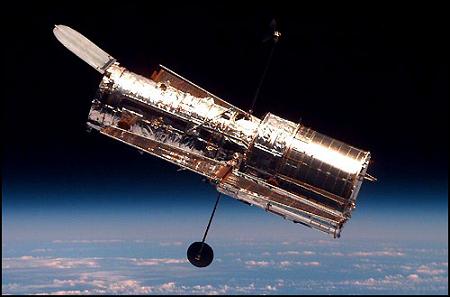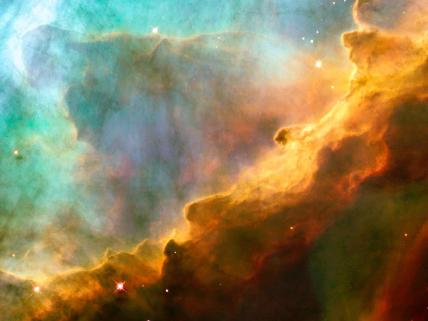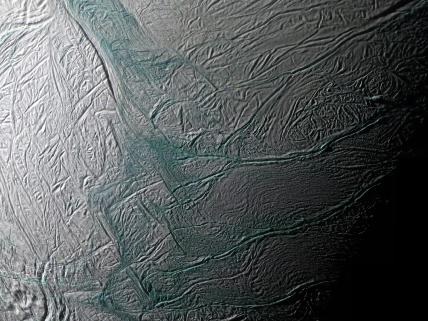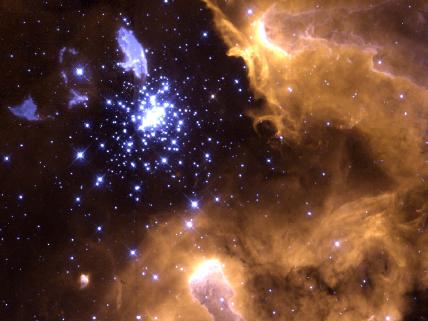
The Hubble telescope has been a great boon to science, and it has given great service with only a little patching along the way to keep it working. But recently a communications breakdown has left the platform out of work, and a scheduled repair mission set for October 14th has been postponed to at least next February. So, what can you do?
Well, if you have a bunch of great minds together like you happen to have at NASA, you trust the problem to the brain trust, and they get cracking. The solution: wake up an 18 year old computer system that was lying about and put it to work routing the data transmission. Things were tense, since it was not known if the dusty old unit would breathe again.
The systems are a combination of the original hardware from 1990 and a 1999 upgrade that features a 486 chip. The older systems were actually a DF-224 with a 386 based co-processor. So, in so man words, NASA woke up a 386 and a 486 to keep the Hubble Telescope working. (More information about the systems in question can be found in the NASA Hubble Facts Document).
Turns out that the redundant systems booted up just fine, and so far so good. At this point NASA scientists won't know for sure exactly how successful it is until the computer proves itself in executing mission critical tasks, but hopes are high and with just a little luck the Hubble Eye in the Sky will be hard at work again soon.
At least until a Goa' uld ship shows up and incinerates it – but wouldn't even that be some GREAT shots?
| Hubble General information | |
|---|---|
| NSSDC ID | 1990-037B |
| Organization | NASA / ESA / STScI |
| Launch date | April 24, 1990 |
| Deorbited | Likely between 2013 and 2021 |
| Mass | 11,110 kg (24,250 lb) |
| Type of orbit | Near-circular low Earth orbit |
| Orbit height | 589 km (366 mi) |
| Orbit period | 96–97 min |
| Orbit velocity | 7,500 m/s (17,000 mph) |
| Acceleration due to gravity | 8.169 m/s² (26.80 ft/s²) |
| Location | Low Earth orbit |
| Telescope style | Ritchey-Chretien reflector |
| Wavelength | Optical, ultraviolet, near-infrared |
| Diameter | 2.4 m (94 in) |
| Collecting area | approx. 4.5 m² (46 ft²)[2] |
| Focal length | 57.6 m (189 ft) |
| Instruments | |
| NICMOS | infrared camera/spectrometer |
| ACS | optical survey camera (mostly failed) |
| WFPC2 | wide field optical camera |
| STIS | optical spectrometer/camera (failed) |
| FGS | three fine guidance sensors |
source:Wikipedia



